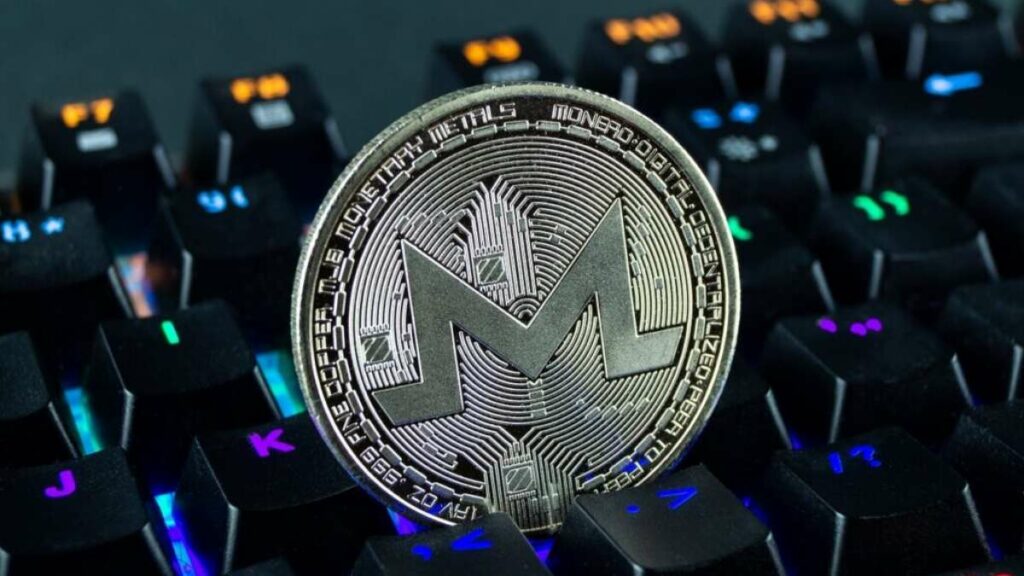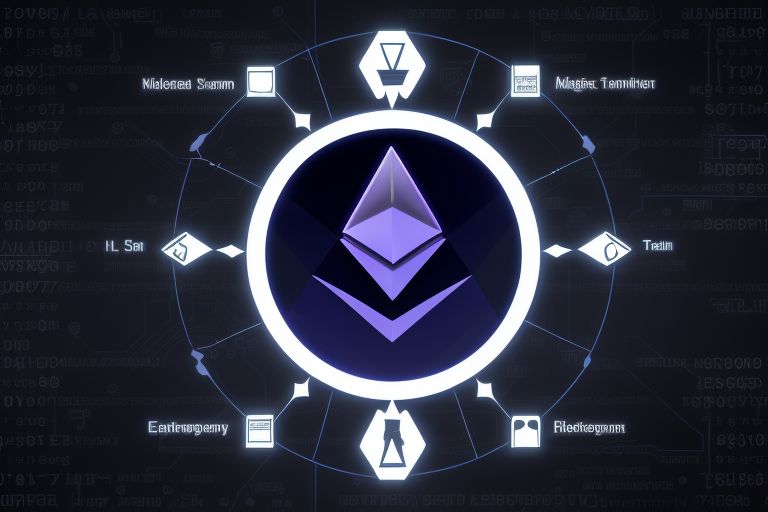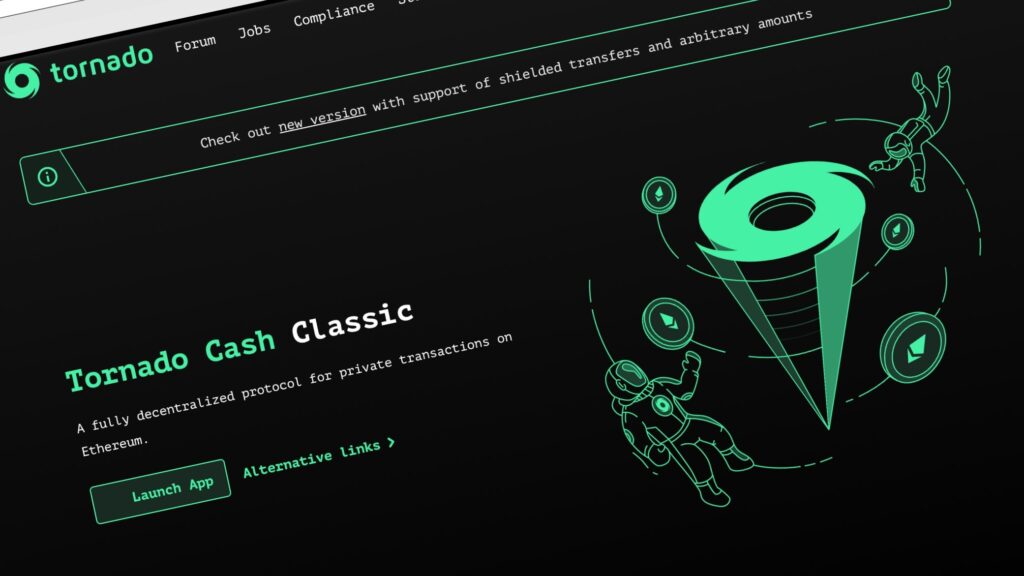What are Decentralized Exchanges?
Decentralized exchanges (DEXs) are online platforms that allow users to trade cryptocurrencies directly with one another without the need for intermediaries like traditional exchanges. This peer-to-peer trading system operates on blockchain technology, providing users with full control over their funds and transactions.

How Do Decentralized Exchanges Work?
In contrast to centralized exchanges that hold users' funds in a central wallet, DEXs use smart contracts to facilitate transactions directly between users. This eliminates the need to trust a centralized authority with your funds, reducing the risk of hacks and improving security.
Decentralized exchanges (DEXs) operate in a fundamentally different manner compared to traditional centralized exchanges. Here’s how they typically work:
- Peer-to-Peer Trading: Instead of relying on a central authority to facilitate trades, DEXs enable direct peer-to-peer trading between users. This means that buyers and sellers interact directly with each other through the DEX platform.
- Smart Contracts: DEXs often leverage smart contracts, which are self-executing contracts with the terms of the agreement directly written into code. Smart contracts automatically execute trades when predefined conditions are met, ensuring trustless transactions without the need for intermediaries.
- Order Books and Liquidity Pools: Some DEXs use order books similar to centralized exchanges, where buy and sell orders are matched based on price and volume. Others utilize liquidity pools, where users contribute funds to liquidity pools, enabling instant trades at market rates.
- No Centralized Authority: Unlike centralized exchanges, which require users to deposit funds into exchange-controlled wallets, DEXs typically allow users to retain control of their assets throughout the trading process. Users connect their wallets directly to the DEX platform, maintaining ownership and control of their funds at all times.
- Decentralized Infrastructure: DEXs often operate on blockchain networks, leveraging decentralized infrastructure to ensure censorship resistance, immutability, and security. Transactions on DEXs are recorded on the blockchain, providing transparency and auditability.
- Reduced Counterparty Risk: By eliminating the need for a central authority to hold funds, DEXs reduce counterparty risk associated with centralized exchanges. Users retain control of their private keys and funds, reducing the risk of hacks, theft, or mismanagement by a centralized entity.
- Cross-Chain Trading: Some advanced DEXs support cross-chain trading, allowing users to trade assets across different blockchain networks without relying on custodial solutions or third-party intermediaries.
Overall, decentralized exchanges offer users greater control, privacy, and security over their assets compared to centralized exchanges, aligning with the core principles of blockchain technology. However, they may also face challenges such as liquidity issues, user experience, and regulatory compliance.
Advantages of Decentralized Exchanges
- Security: With DEXs, users retain ownership of their private keys, reducing the risk of hacks and theft.
- Privacy: DEXs do not require users to provide personal information, enhancing privacy protection.
- Censorship Resistance: DEXs cannot be easily shut down or censored, providing users with uninterrupted access to trading.
- Transparency: All transactions on DEXs are recorded on the blockchain, ensuring transparency and accountability.
Challenges of Decentralized Exchanges
- Liquidity: Due to their peer-to-peer nature, some DEXs may face liquidity issues, impacting the speed and efficiency of trades.
- User Experience: The user interface of DEXs can be less intuitive compared to centralized exchanges, potentially deterring new users.
- Regulatory Uncertainty: As DEXs operate without centralized oversight, they may face regulatory challenges in some jurisdictions.
The Rise of Decentralized Finance (DeFi)
Decentralized Finance, or DeFi, has emerged as one of the most transformative trends in the cryptocurrency and blockchain space, revolutionizing traditional financial services through decentralization, transparency, and accessibility. Here’s an overview of the rise of DeFi:
- Foundation on Blockchain: DeFi is built on blockchain technology, leveraging its decentralized and immutable nature to create financial protocols and applications that operate without the need for intermediaries like banks or traditional financial institutions.
- Key Features: DeFi platforms offer a wide range of financial services, including lending and borrowing, decentralized exchanges (DEXs), yield farming, derivatives trading, asset management, and more. These services are accessible to anyone with an internet connection and compatible digital wallet, regardless of geographic location or socioeconomic status.
- Decentralized Exchanges (DEXs): DEXs are one of the cornerstones of DeFi, enabling peer-to-peer trading of digital assets without the need for centralized intermediaries. By using smart contracts and liquidity pools, DEXs provide users with greater control over their assets and lower trading fees compared to traditional exchanges.
- Lending and Borrowing: DeFi platforms allow users to lend out their digital assets and earn interest or borrow assets by using their existing holdings as collateral. This opens up access to credit for individuals and businesses who may not have access to traditional banking services.
- Yield Farming and Liquidity Mining: Yield farming involves providing liquidity to DeFi protocols in exchange for rewards, typically in the form of additional tokens or fees. Liquidity mining incentivizes users to contribute liquidity to decentralized exchanges and other DeFi platforms, thereby enhancing liquidity and network participation.
- Interoperability and Composability: DeFi protocols are often designed to be interoperable, allowing them to seamlessly interact with each other and create new financial products and services through composability. This enables developers to build complex financial applications by combining existing DeFi protocols and smart contracts.
- Challenges and Risks: Despite its rapid growth and potential, DeFi also faces challenges such as scalability limitations, security vulnerabilities, regulatory uncertainty, and user experience issues. High-profile hacks and exploits have highlighted the importance of robust security measures and risk management practices in the DeFi ecosystem.
- Future Outlook: The DeFi ecosystem continues to evolve rapidly, with new protocols, projects, and innovations emerging regularly. As adoption and awareness of DeFi grow, it has the potential to disrupt traditional finance and empower individuals with greater financial sovereignty and inclusion.
The rise of DeFi represents a paradigm shift in the way financial services are delivered and accessed, offering decentralized, transparent, and permissionless alternatives to traditional banking and finance. While the road ahead may be challenging, the transformative potential of DeFi is undeniable, with far-reaching implications for the future of finance.
In Conclusion
Decentralized exchanges represent a paradigm shift in the world of trading, offering increased security, privacy, and autonomy to users. While they come with their own set of challenges, the potential of DEXs to revolutionize the financial industry is undeniable. Embracing this new era of decentralized trading can pave the way for a more inclusive and transparent financial system.



